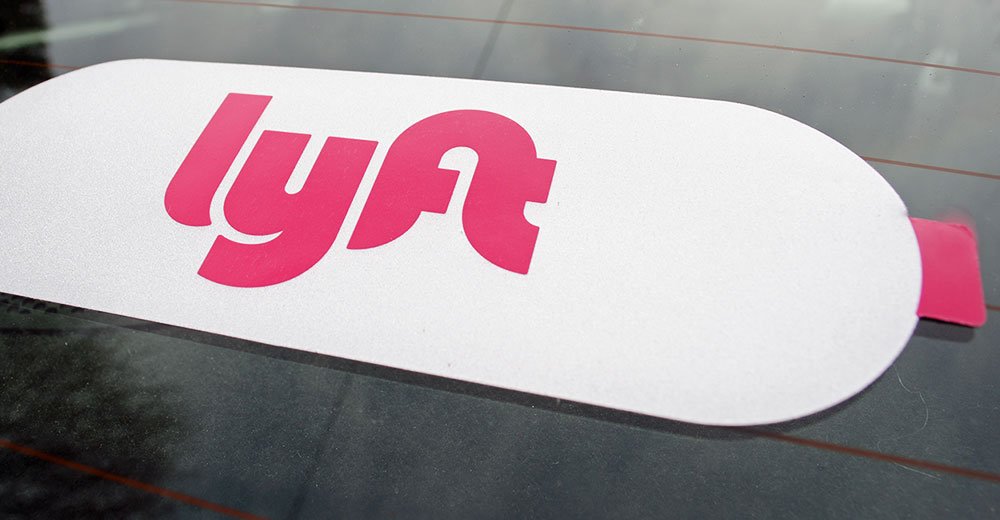Lyft is set to launch its fleet of robotaxis in Dallas, ushering in a new era of autonomous transportation in one of America’s fastest-growing cities. This bold move highlights Lyft’s commitment to revolutionizing urban mobility while positioning Dallas as a key hub for self-driving vehicle technology.
The company’s autonomous vehicles, powered by cutting-edge AI and advanced sensor systems, are designed to navigate complex urban environments safely and efficiently. Lyft’s robotaxis aim to provide a seamless ride-sharing experience, reducing the need for human drivers while promising greater convenience for passengers.
Dallas was chosen for its robust infrastructure, diverse traffic conditions, and tech-forward population, making it an ideal testing ground for the future of transportation. The city’s rapid growth and commitment to innovation align with Lyft’s vision of integrating autonomous vehicles into everyday life.
While the introduction of robotaxis promises numerous benefits, including reduced traffic congestion and lower emissions, it also raises important questions about safety, regulatory oversight, and the future of traditional ride-sharing jobs. Lyft has emphasized its focus on safety, stating that extensive testing and rigorous safety protocols are in place to ensure the reliability of its autonomous fleet.
As Lyft prepares to roll out robotaxis in Dallas, the move is expected to spark widespread interest and debate about the role of self-driving technology in urban mobility. The success of this initiative could pave the way for broader adoption of autonomous vehicles across the United States, transforming how people move through cities in the years to come.
